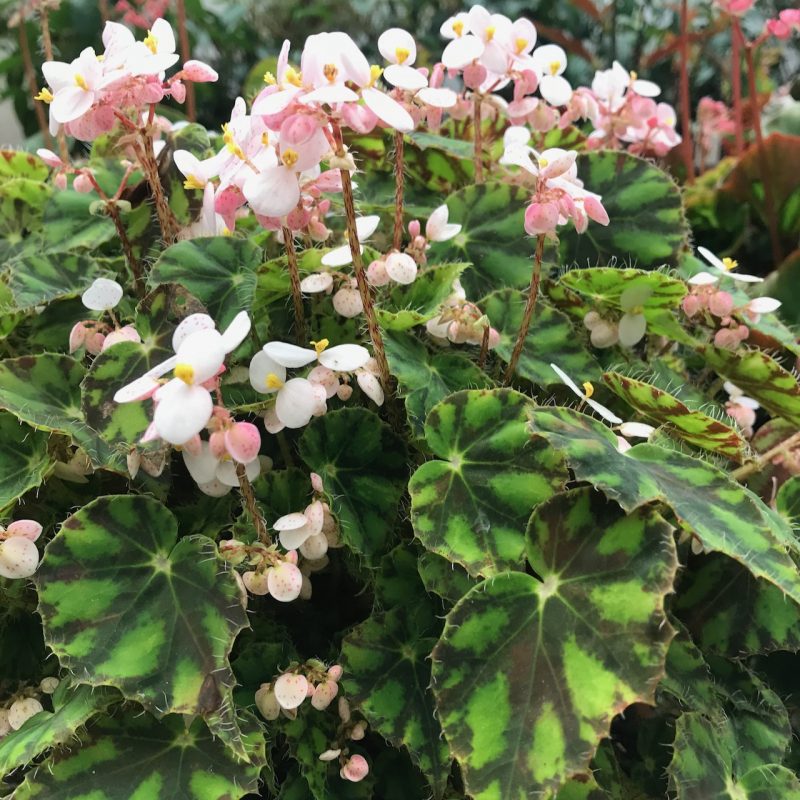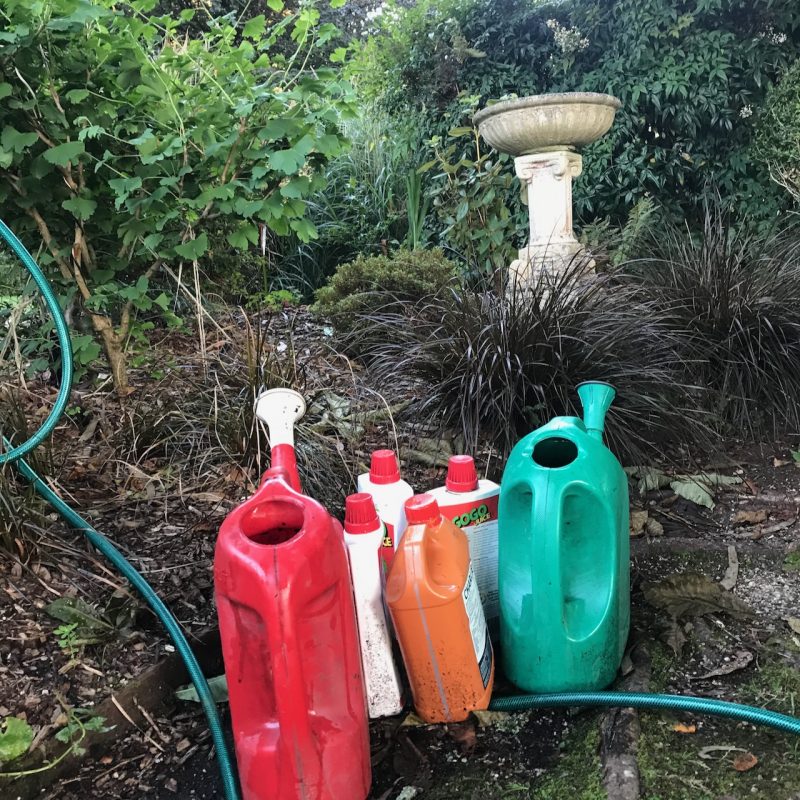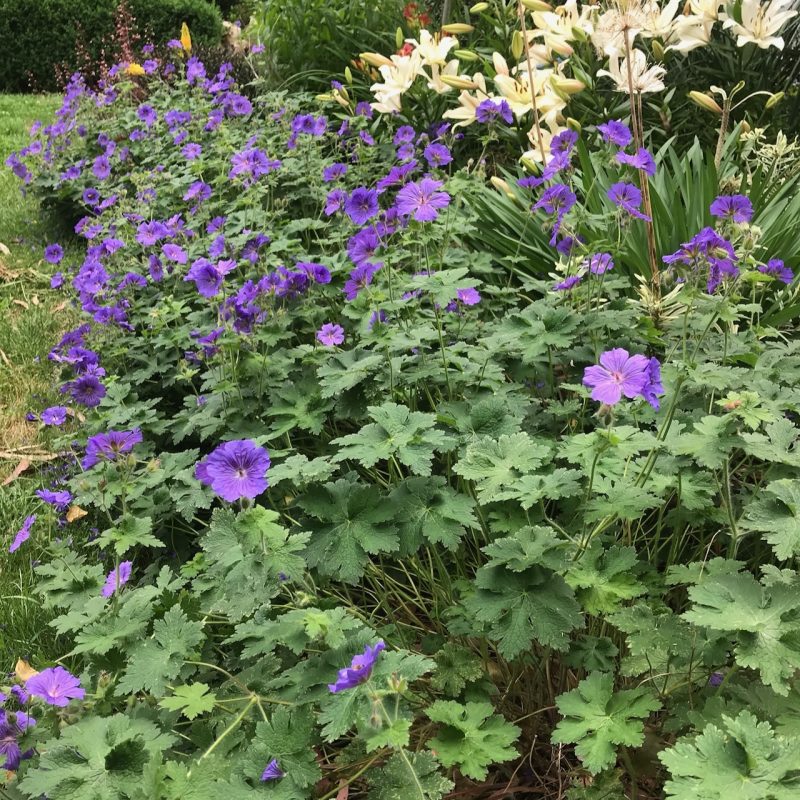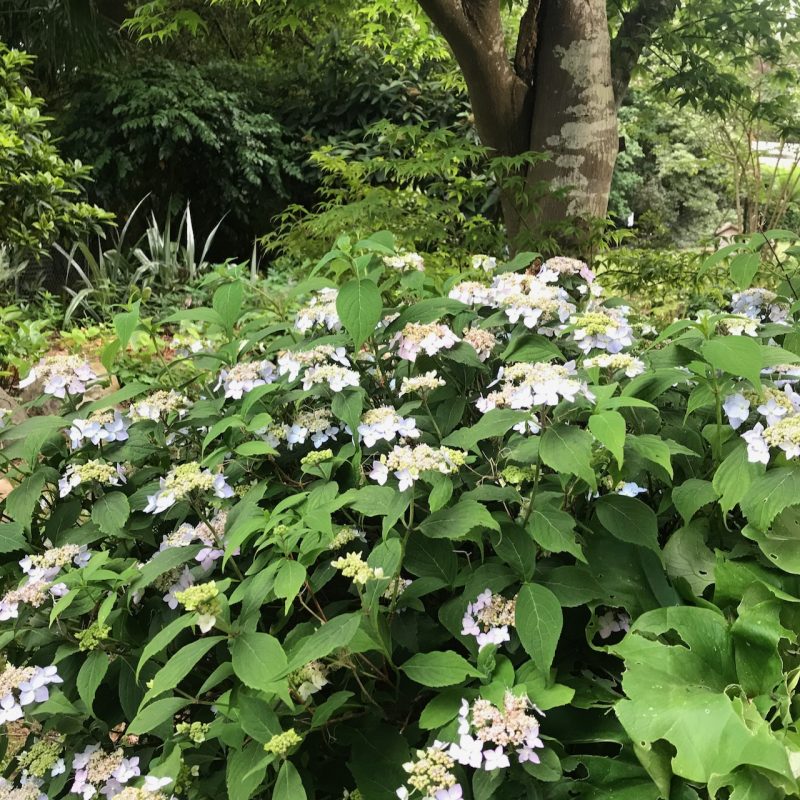Advice, Informative
How to feed plants
In this article we will look at how to feed plants.
Many years ago I was with the Vicar of St Mary’s in North Melbourne, the church yard was dominated by a huge Moreton bay fig that had been unwell for a few years. Sparse yellowing foliage and significant die back. An Arborist was coming to assess the tree. His diagnosis was swift and certain, the tree is malnourished and needs 200kg of dynamic lifter. My first reaction was astonishment but on reflection I realised a huge plant like this one would need a massive amount of nutrient to flourish.
Fertilising is something most gardeners don’t pay nearly enough attention to. I can say this with confidence after 20 years as a nurseryman. Feeding can be broken into 2 broad groups, garden and containers.

How to feed potted plants
I have very little experience with Cacti and Succulents so the following information may not apply to them.
A life time of Bonsai cultivation has taught me a good deal about feeding potted plants. The development of good bonsai requires steady and sustained growth so feeding is essential throughout the growing period. I’ve applied these principals to all potted plants with great success. I much prefer a plant to grow strongly and perhaps require pruning than the lean hungry look so often seen in pot cultivated plants.
Container grown plants should only be fed while they are growing, do not feed dormant plants. For example, most house plants derive from the tropics so their feeding cycle begins as they come to life in mid spring and continues until mid to late autumn, feeding of maples however would begin in late winter when the buds begin to swell and would continue until the first sign of autumn colour.
feeding indoor plants.
This occurs over the summer months and into early autumn. I liquid feed my house plants every time I water them both foliage and roots, liquid feeding is a great way to fertilise but one feed only produces a short growth spurt so it must be sustained over a long period. So often I read about half strength. I can’t understand why anyone would use half strength liquid feed. My plants always get full strength with sometimes a little extra, I have never experienced difficulties using full strength liquid fertilisers. If you want to use solid fertiliser then use a slow release and use it as a supplement to the liquid feeding.

foliar feeding
I have a 15ltr back pack sprayer dedicated to foliar feeding, I know this is extreme for most home gardeners but will indicate the value I place on this practice. If you want to get the very best leaf colour from your plants this is the way to do it. You will be told by many to use only half strength, I of course use full strength. As with all forms of liquid feeding foliar feeding must be done regularly to achieve consistent results. My Begonia collection for example I foliar feed every day over their growing season.

Feeding outdoor potted plants.
As with all potted plants I shy away from solid organic feeds, experience has taught me these fertilisers when they break down become very fine and clog the potting mixes which interferes with drainage. So as with indoor plants regular applications of a chemical slow release and frequent (weekly) liquid feeds both roots and foliage

Feeding your garden plants
In the garden fertilisers should be 100% organic. This is a process thats about both plant and soil health. Healthy soil healthy plants and visa versa. Garden feeding can be achieved in multiple ways. A good thick layer of arborists wood chip is a start if you spread a layer of compost under the mulch this is an even better start, if you spread a good layer of organic solid fertiliser under the compost then you’re on the mark. Because I garden on very acidic soil I mix generous amounts of dolomite with the pellets, I like dolomite for its slow release properties and the lack of processing in its production. Liquid feeding both roots and foliar is helpful, especially at planting time or if a plant is stressed. Providing the fertiliser is applied under mulch the time of year you do this is irrelevant but its worth remembering these feeds are not immediately available to the plant. They take time to break down.

Which organic feed should I use.
Basically any of them, they’re all useful. Blood and bone is great but expensive to use in a big garden, pelletised chicken manure is also good. Sudden impact and seamungus are both excellent. I use a lot of Campbell’s organic life because thats what my local produce store stocks. All of these feeds will increase microbial activity and feed plants at the same time. Much the same with liquid feeds for roots and foliage. I tend to vary them just to cover all bases.
In conclusion
Please try some heavy duty feeding, if you doubt my words then just do one small section of the garden or a couple of pots and see the results. I have perfect confidence you will be a convert. Don’t expect immediate results remember organic feeds mostly take time to break down and become available to your plants. Soil health is everything.


Awesome info, thanks Craig! Very helpful advice, especially regarding indoor plants.
I heard you on 3CR this morning . Thank you and I’m looking forward to catching up with all your advice and garden talk. First, will feed up my few begonias. Do they like to be crowded in a pot?
Julie
Excellent Craig from a long time fan.